
Virtus vs Honda City vs Skoda Slavia: Ride, Handling & Performance...
- Jun 6, 2022
- Views : 16549

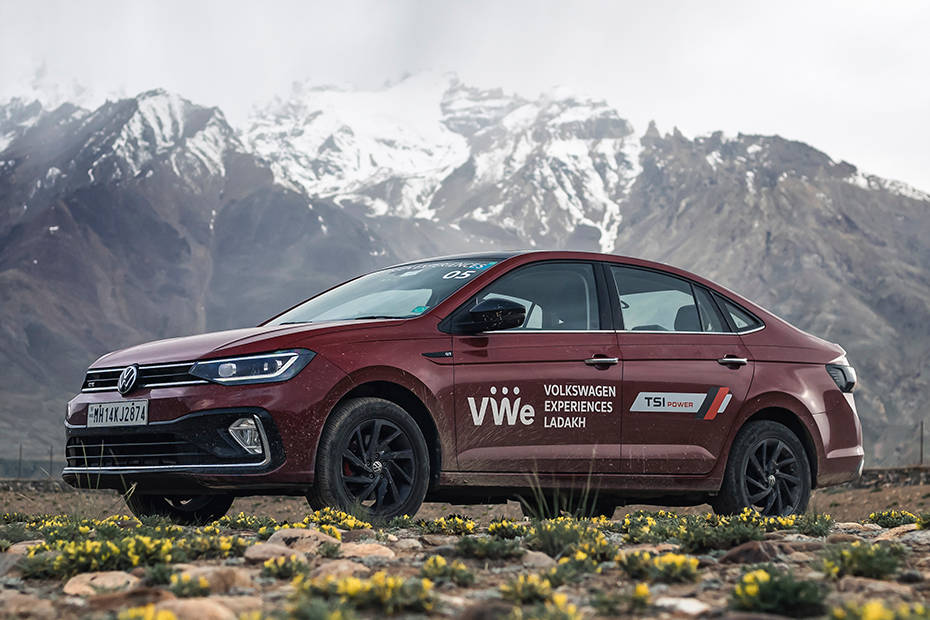
Volkswagen embarked on an unforgettable journey with their very first Volkswagen Experiences or ‘VẄe’, pronounced ‘We,’ a new initiative that aims to build a strong community and deliver unique adventures to customers and fans. The first chapter sees them taking up the biggest challenge in the country: Ladakh.
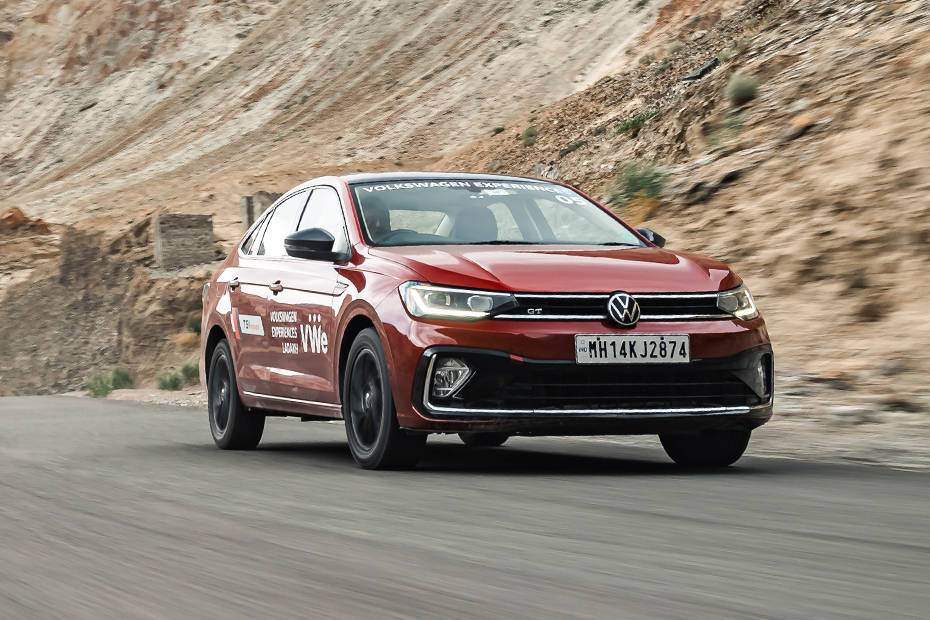
First Chapter - Customers and Fans
The first part of this journey saw customers and even ‘fans’ of the brand participating in a self-driving experience that would take them from Chandigarh to Manali to Leh via the old Leh highway. Participating was quite simple: register on the VẄe website, pay the fee for the experience, and arrive and drive three Volkswagen cars - the Virtus, the Taigun and the Tiguan - and let Volkswagen take care of the rest.
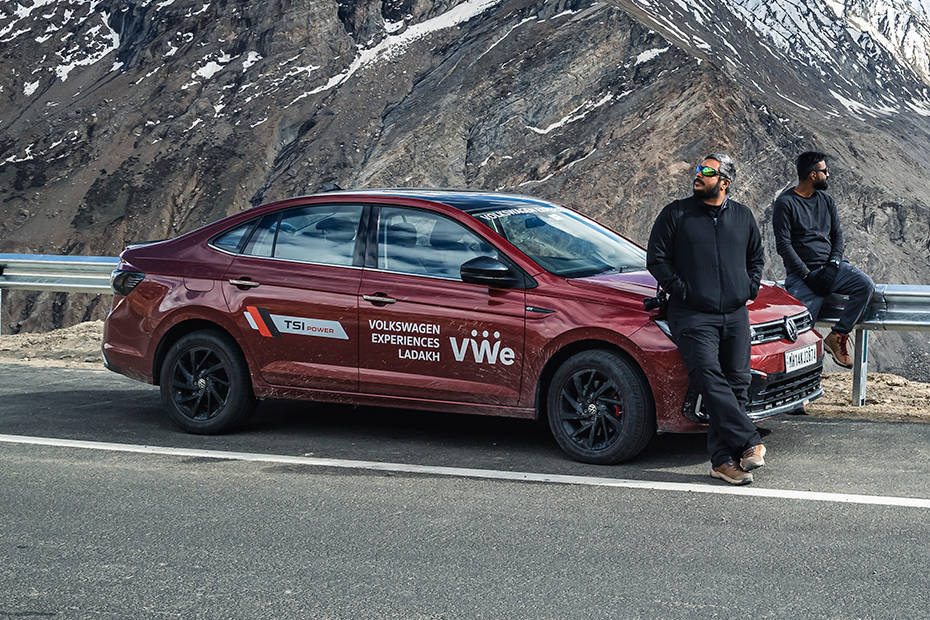
The leg started off with a relatively easy drive from Chandigarh to Manali. The winding hilly roads brought a fun experience to all the drivers as a fitting introduction to what was to come later. Day three was a proper challenge as the convoy moved from the lower hills into the proper mountains. Altitude, road conditions and the beautiful vistas would all change completely on this leg, moving from the lush greens of Himachal Pradesh into the desert landscape of the Ladakh region. The convoy would encounter four high mountain passes on this day: Baralach La, Nakee La, Lachulung La and Tanglang La. After a long and tough day behind the wheel the convoy rolled into Leh after the sun had set.
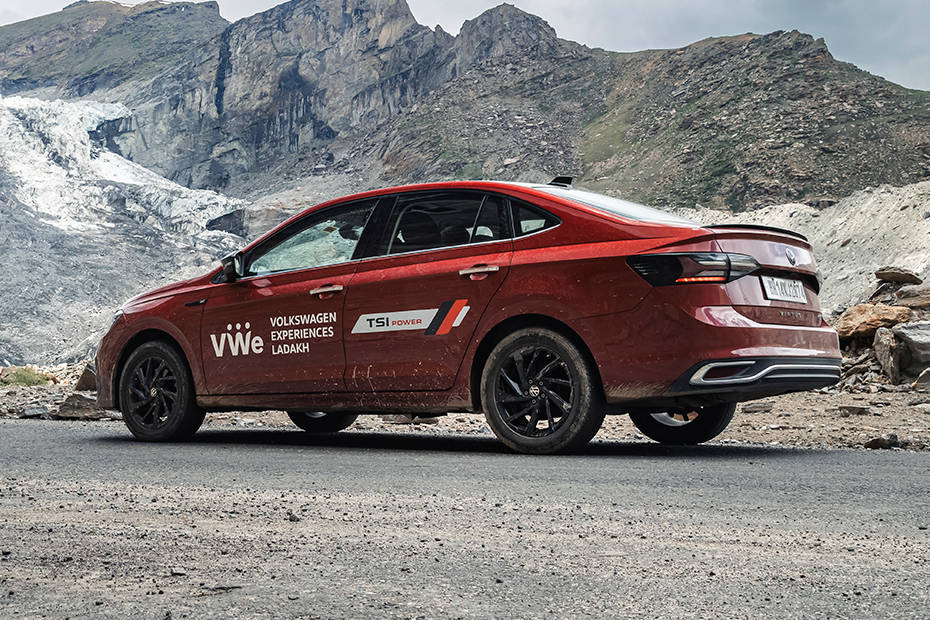
A big part of this experience was to build a strong community. All the drivers felt a deep connection with their fellow travelers, making the trip even more special. The shared experiences, the challenges overcome, and the stunning sights seen along the way helped forge strong bonds amongst everyone.
A quick round of feedback sessions with participants showed that this leg of this first experience was a resounding success. Many of the participants were quick to point out that they would be eager participants to the next adventure that Volkswagen planned too.
Chapter Two - Journalists Journey to Siachen Base Camp
Our arrival to Leh was significant for two reasons. First off, it marked the end of the customer and fan leg of this journey; and secondly, because this is where we joined the convoy of Volkswagen cars in the mountains. Ahead of this new group lay the Khardung La pass, the Nubra Valley and Siachen Glacier, all promising an epic adventure.
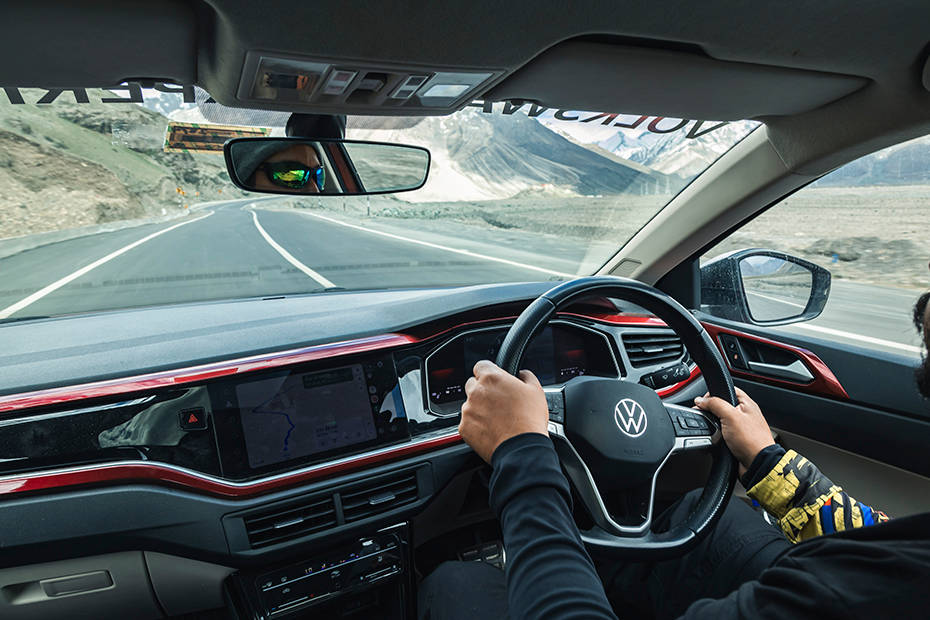
Day one of our journey turned out to be a long one. We started out early from Leh city and headed up to Khardung La pass. Since we were early in the season the pass was quite white with snow and very, very pretty. We quickly passed over the top and then made our way down towards Diskit. We broke the journey for an early lunch before heading into the Nubra valley and all the way up to the Siachen Glacier. Here, civilians are only allowed to get as far as Siachen Base Camp with a view of Siachen Glacier in the distance.
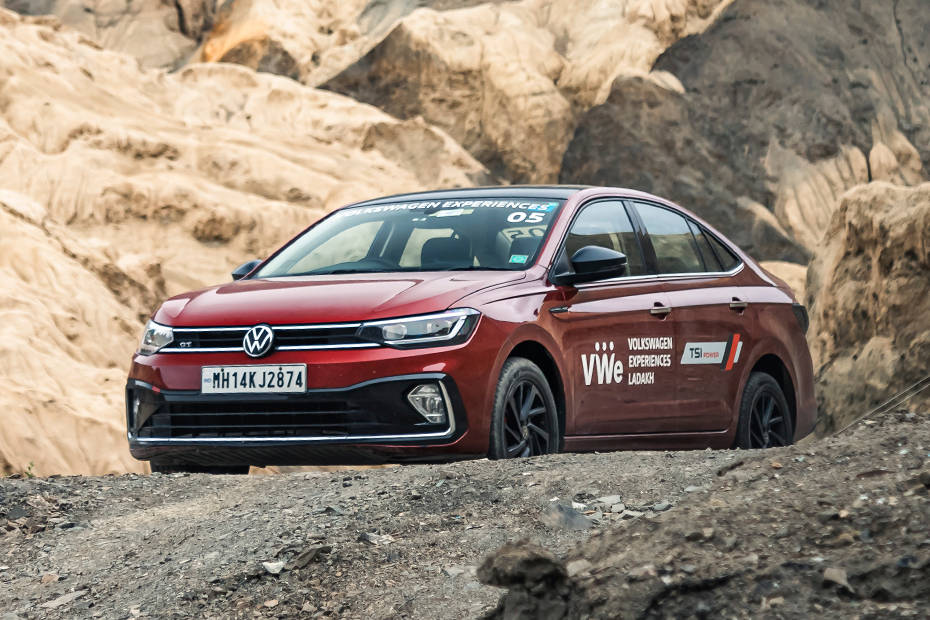
This was easily one of the highlights of the trip, spending a few moments at one of the highest battlefields of the world. The beautiful snow capped mountains seem completely at loggerheads with all the blood being shed in their shadow but the mighty Siachen Glacier is an important resource, one that our army does a great job in protecting.
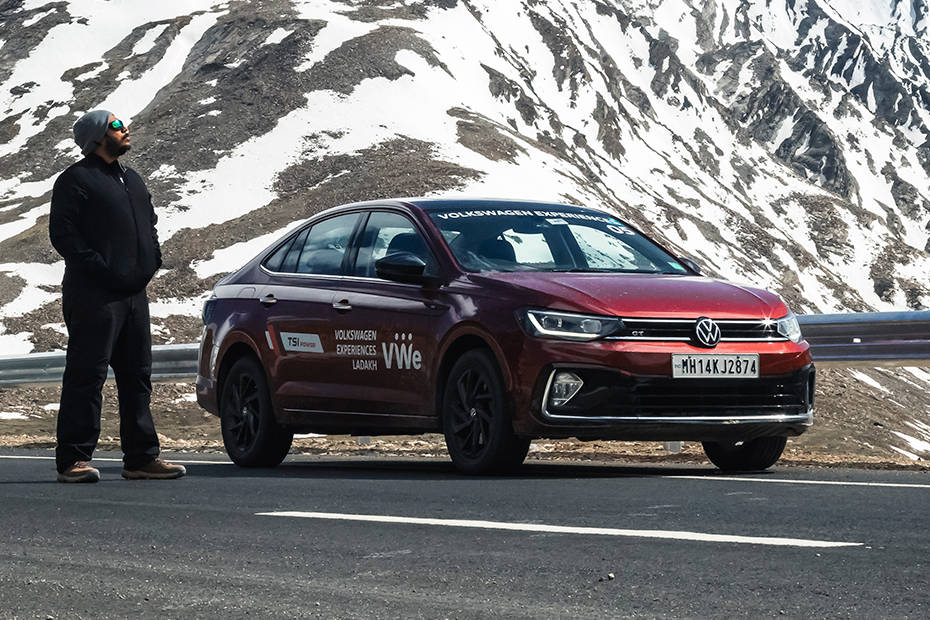
Siachen is slap bang on the border with Pakistan, with Pakistan also laying claim to it. Troops are stationed here around the year. And while it was only a mild 10 degrees when we were there, temps can dip to minus 50 degrees in the winter! Both sides have seen many casualties both to past skirmishes, but more so to the harsh conditions and avalanches. The war memorial with the names of these lost souls is a stark reminder of this reality. The drive back to our hotel allowed us to reflect and be thankful for all that our country's defense forces do for us.
We spent the first half of the next day shooting and experiencing the different sights around the Nubra valley before heading back up the Khardung La pass back to Leh. This short media drive was now drawing to a close.
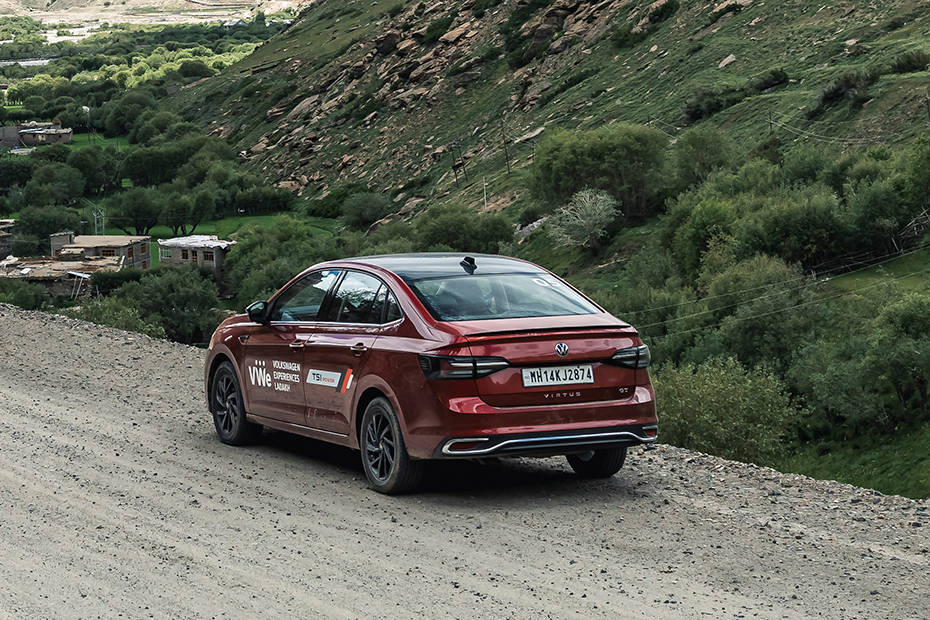
A Challenge for the Volkswagens
This brief time with the three Volkswagens was quite the eye opener. Three different products with two being front wheel driven in the Virtus Sedan and the compact SUV, Taigun. And a mid-sized SUV with all-wheel drive in the Tiguan. And their challenge was the crazy combination of high altitudes, terribly rough road surfaces and steep mountain passes. A proving ground for sure and one that all three cars passed through with relative ease.
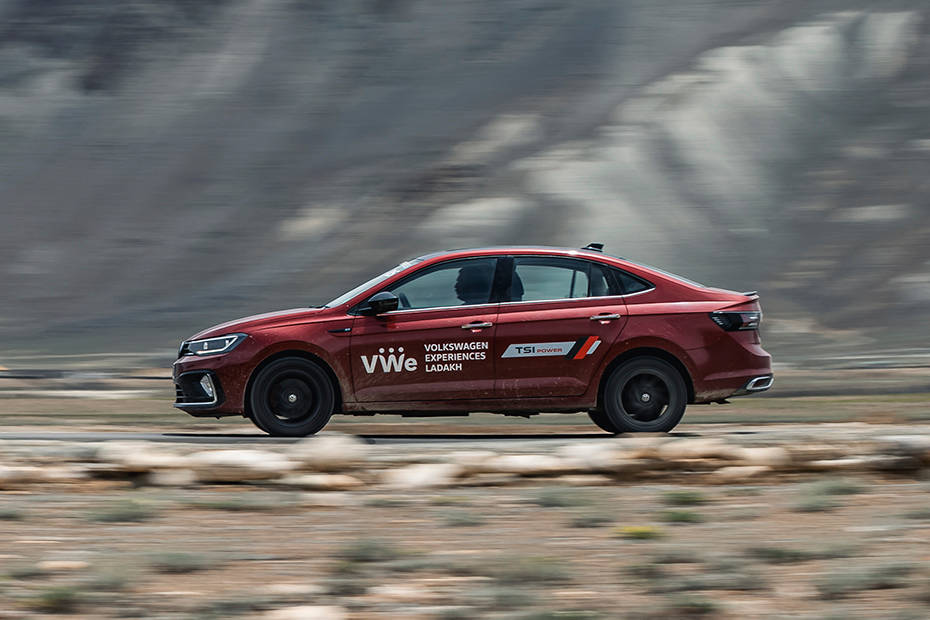
The Virtus - our car for the 2nd and 3rd legs
Driving pleasure with the abilities of an SUV? Whatever we asked of it, the Virtus delivered in spades. Smooth, powerful and fun when the roads were smooth. Calm, collected and easy to drive when the roads were anything but roads! Car No 5 gobbled up high altitude passes, gravel, ruts, mud and rocks and kept on going. You really don’t need to think twice if you want to make a similar journey. A normal amount of caution, not unusual driving skills and taking a Virtus into the Himalayas seems like a normal choice. Not something we would have said before this eye opening drive.
Chapter Three - the Zanskar Valley
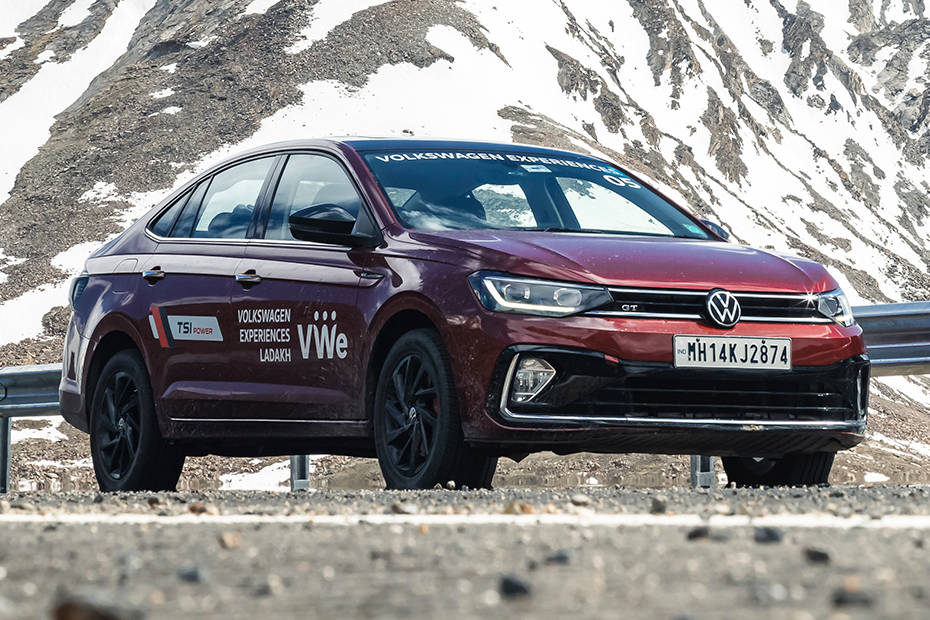
For our third chapter to this adventure we traveled to the Zanskar Valley, for years past one of the most remote places of Ladakh. Even now if you search for a route out of the Zanskar, maps insists that there is only one way in and out, via Kargil. But connectivity and progress are reaching their long arms even here. There are direct routes from Leh and from Manali that cut this usually two day long journey into just over half a day.
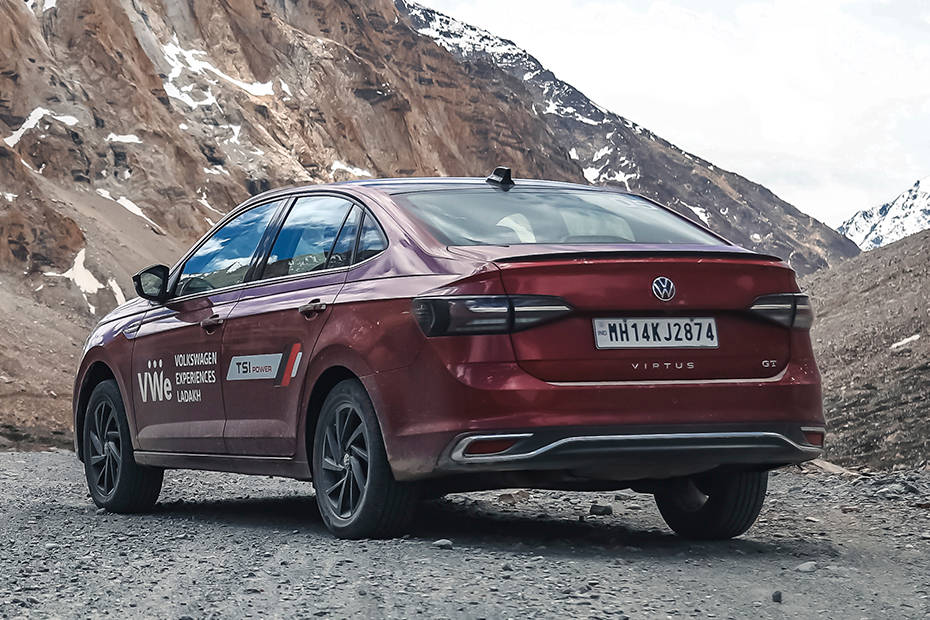
And that tees us off nicely to our other quest for this trip. A dive into what problems this progress brings to a fragile ecosystem like this. And when in Leh we had the pleasure of chatting with Rinchin Namgyal. Namgyal is an original resident of Leh and has been involved in the tourism industry since the early 90s. He’s seen Leh change over the years as tourism and progress have started to envelop the valley.
Ladakh in transition
Water, Resources, pollution and congestion according to Rinchin are at the forefront of the problems. With so many hotels and tourists coming into the region and everything from eggs to matches all being brought up from the plains, there is a need for better roads. But with better roads comes more and more problems? Rinchin recalls a time when tourism started and a majority of tourists were foreigners. And they mostly would come for treks and were more sensitive to the environment. He calls the new domestic tourists ‘beginners’, and while they have increased business considerably, they also prefer motor driven tours and are not quite so sensitive with trash and cleanliness.

Solutions?
Thankfully where there are problems there are also solutions. Chewang Norfel, an engineer by profession, pioneered a solution to Leh water problems decades ago with his artificial glaciers. He created man-made layered frozen reservoirs of early season snow melt up in the mountains where the water would stay frozen till later in the year prolonging the water melt, for fields in the valleys below during the summer months. Recycling of old beer bottles and glass jars for fruit juices and jams helps preserve resources and prevent unnecessary waste. And the Ladakh region has also banned plastic bags for many years. A plastic bottle ban was also tried and some hotels still won't serve you plastic bottles in your room but unfortunately the sheer number of tourists means that this is not quite a complete solution. Still most major bottled water companies do collect used bottles and take them back to the plains to be recycled.
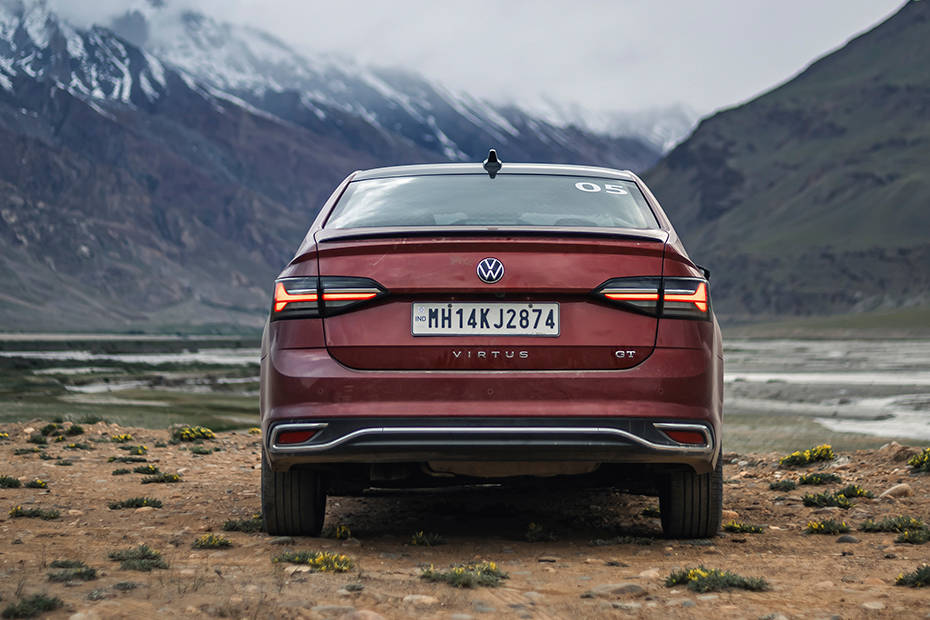
The future can be bright
These are not problems unique to this region and water problems and congestion in our cities or water, resource and crowding problems in remote paradises like the Zanskar plague us all. We need to be mindful about delicate ecosystems. And while it may not be obvious at first, we have to understand that these problems affect us all and especially the next generations. Experiences like this will always exist as long as we don't shy away from finding solutions to these. It's people like Chewang Norfel leading the way but it's up to us to follow this example.
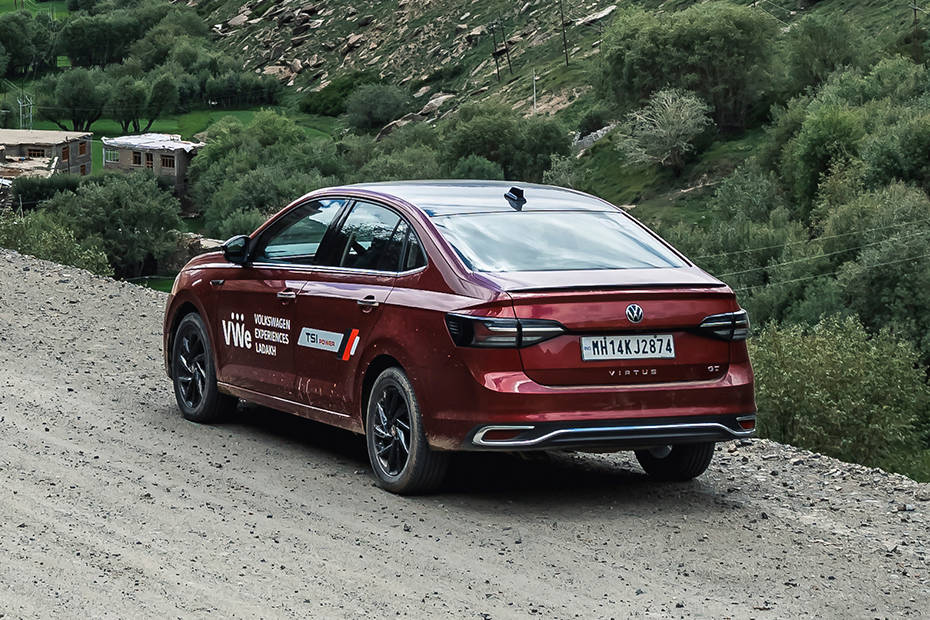
We savored our last days in the mountains like the last drops from a great bottle of scotch. Thanks to Volkswagen Experiences for this opportunity, one that's open to all of you too. Get out and explore. Find your adventure, just remember to leave that adventure for someone else to find, the same way you found it. And try not to be complete ‘beginners'.
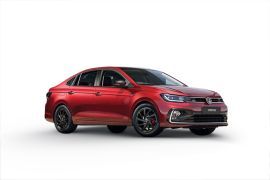

Virtus vs Honda City vs Skoda Slavia: Ride, Handling & Performance...

Volkswagen Virtus GT Line And GT Plus Sport Variants Launched...

In 10 Real-life Images: Upcoming Volkswagen Virtus GT Plus Sport...

Volkswagen Virtus GT Plus Sport VS Hyundai Verna Turbo: Turbo-petrol...

Unlike Skoda, Volkswagen India Won’t Have A Sub-4 Metre SUV...

Volkswagen Taigun And Virtus Gets New GT Variants, 1-litre Engine Now...

Global NCAP To Stop Testing India-spec Cars Under Its ‘Safer...

VW Virtus’s 1.5-litre Engine And DSG Combo Become More...

Newly Launched Variants Bring A Manual Option To Volkswagen...
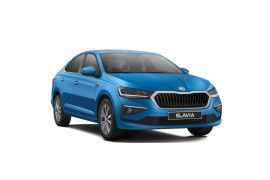 Skoda Slavia
Skoda Slavia
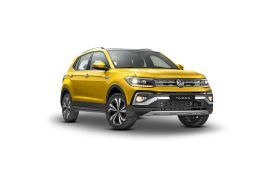 Volkswagen Taigun
Volkswagen Taigun
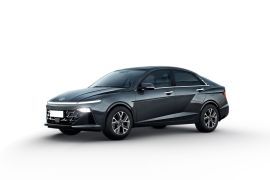 Hyundai Verna
Hyundai Verna
 Honda City
Honda City
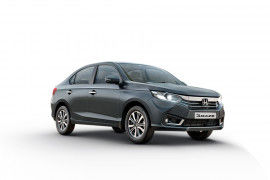 Honda Amaze
Honda Amaze
India's largest automotive community
 Weekly Rewind: Top 10 Car News Stories In India Over The Past Week!
Weekly Rewind: Top 10 Car News Stories In India Over The Past Week!
 Nissan Magnite Facelift Deliveries Underway Just A Day After Launch
Nissan Magnite Facelift Deliveries Underway Just A Day After Launch
 You Won’t Believe How Many People Booked The MG Windsor EV Within 24 Hours Of Bookings Open
You Won’t Believe How Many People Booked The MG Windsor EV Within 24 Hours Of Bookings Open
 BMW M4 CS Arrives To India As The Fastest M4, Priced At Rs 1.89 Crore
BMW M4 CS Arrives To India As The Fastest M4, Priced At Rs 1.89 Crore
 Volkswagen Taigun
Rs. 11.69 Lakh
Volkswagen Taigun
Rs. 11.69 Lakh
 Volkswagen Tiguan
Rs. 35.16 Lakh
Volkswagen Tiguan
Rs. 35.16 Lakh
 Maruti Dzire
Rs. 6.56 Lakh
Maruti Dzire
Rs. 6.56 Lakh
 Hyundai Verna
Rs. 11.00 Lakh
Hyundai Verna
Rs. 11.00 Lakh
 Hyundai Aura
Rs. 6.48 Lakh
Hyundai Aura
Rs. 6.48 Lakh
 Skoda Slavia
Rs. 10.69 Lakh
Skoda Slavia
Rs. 10.69 Lakh
 Volkswagen Virtus
Rs. 11.55 Lakh
Volkswagen Virtus
Rs. 11.55 Lakh